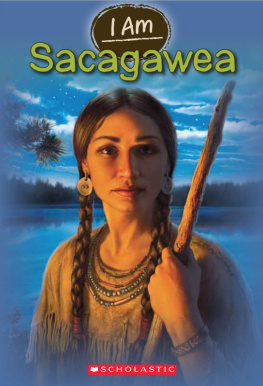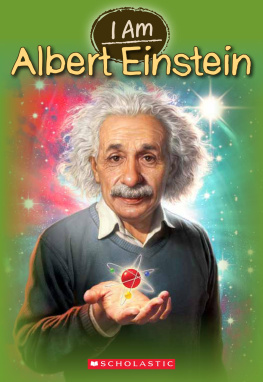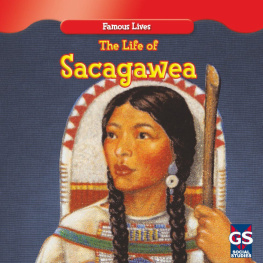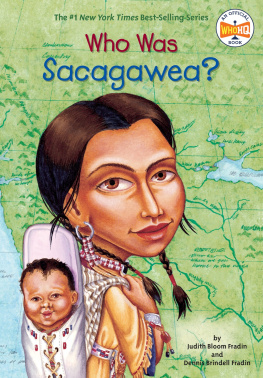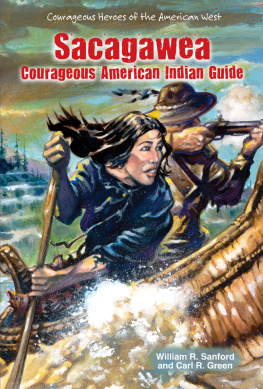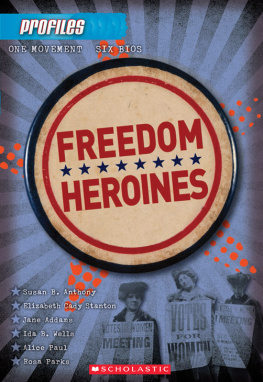
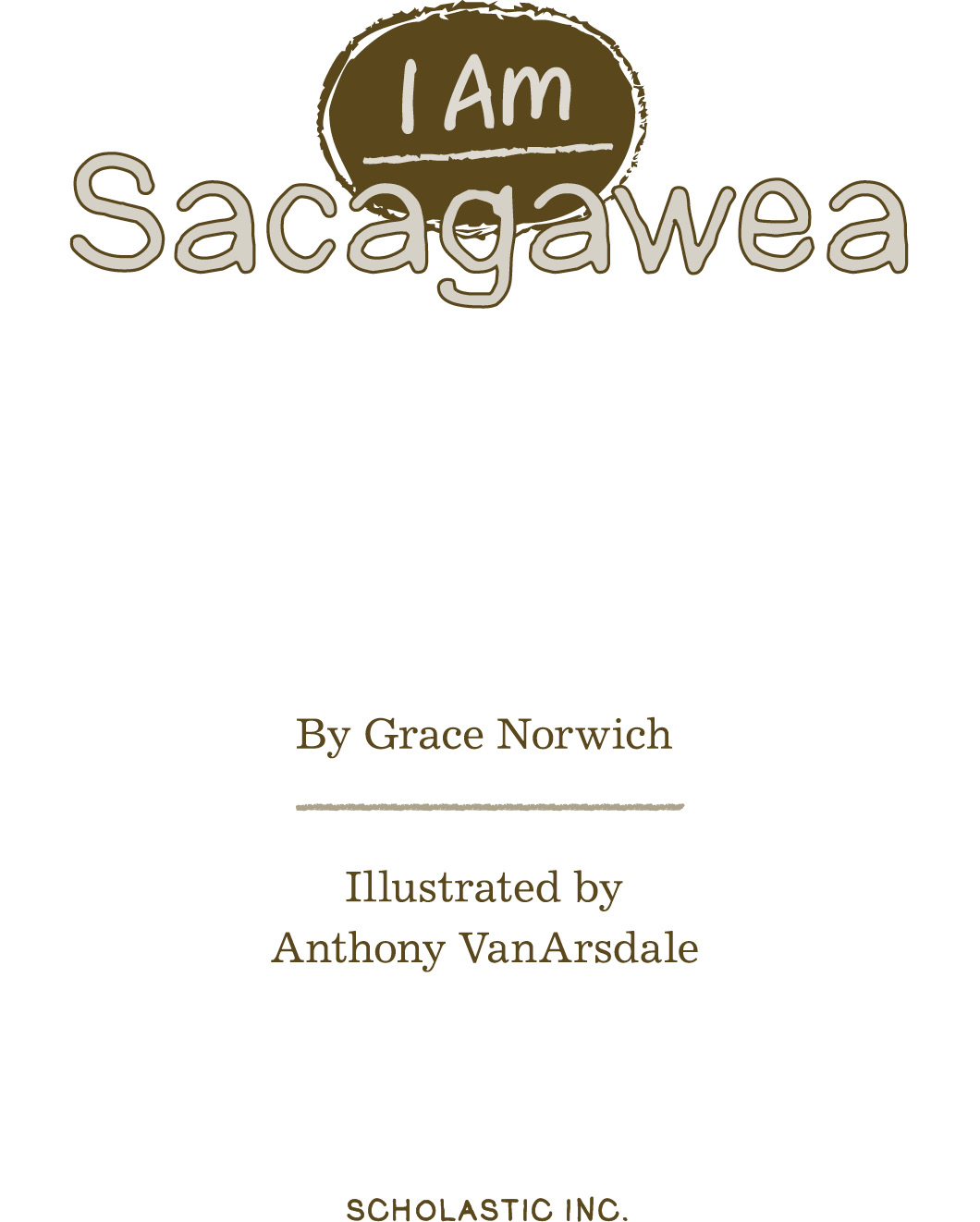
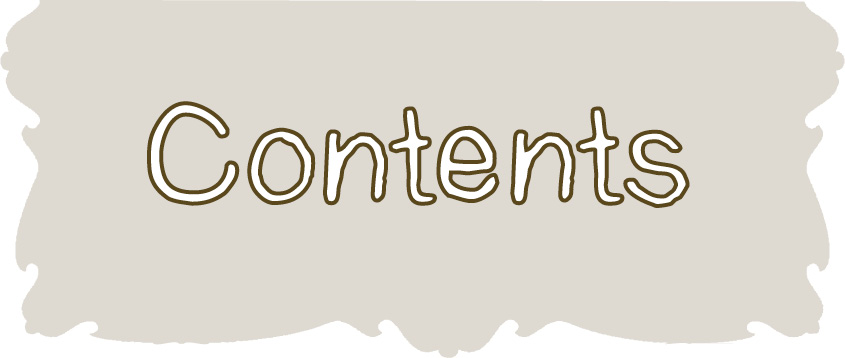
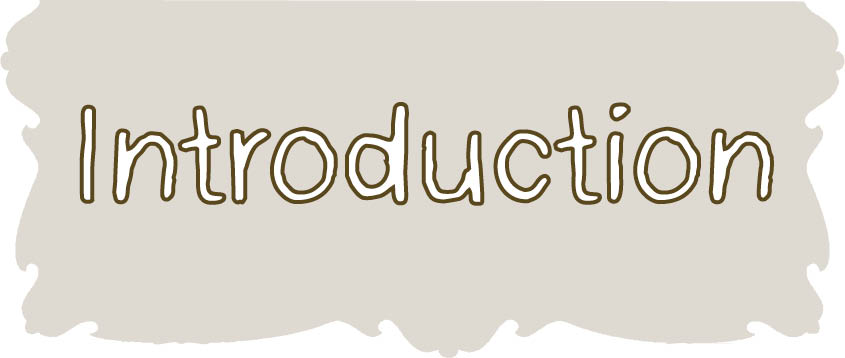
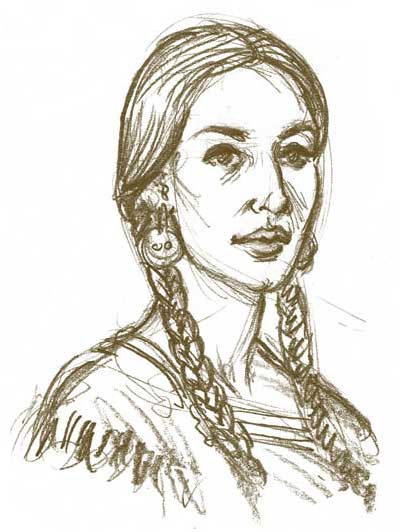
Did you ever think you couldnt do something because of who you are or where you come from? Well, my story is proof that anything is possible.
In the early days of the United States of America, life was hard for a lot of people. Pioneers faced harsh weather, lack of food, and wild animals. But life was especially hard for me. Born an Indian girl, I didnt have many rights or much freedom. The white people trading and traveling the land were either scared of Indians or thought we were inferior. Even within my tribe, women were treated as property to be traded just like horses.
No one imagined that I was destined for more than cooking, cleaning, gathering food, raising children, and obeying my husband. Yet, while I was still a teen, I not only accompanied the explorers Captain Meriwether Lewis and Lieutenant William Clark on one of the most important trips ever made on this continent, I also ensured that the voyage was a success.
Our 4,000-mile journey west from the center of the country to the Pacific Ocean was filled with all kinds of danger. We braved rough rivers, near starvation, illnesses, rugged mountains, and terrifying storms. Our goal was to map the unknown area and find a route to the sea for future generations. And I did it with a newborn baby strapped to my back.
Brought along to translate for the Indians we would meet along the way, I demonstrated courage, kindness, and competence in all that I did. Whether pointing out the best way to travel over mountains or finding roots for the men to eat, I did my best to help the group.
Of course, the missions success wasnt mine alone. It was due to people from different cultures and places trusting one another and working together. I did go on to become one of the most famous Indians and women in history. However, my biggest triumph was personal. Seeing the great Pacific Ocean, I knew I had achieved more than I, or anyone else, could ever have imagined. I am Sacagawea.
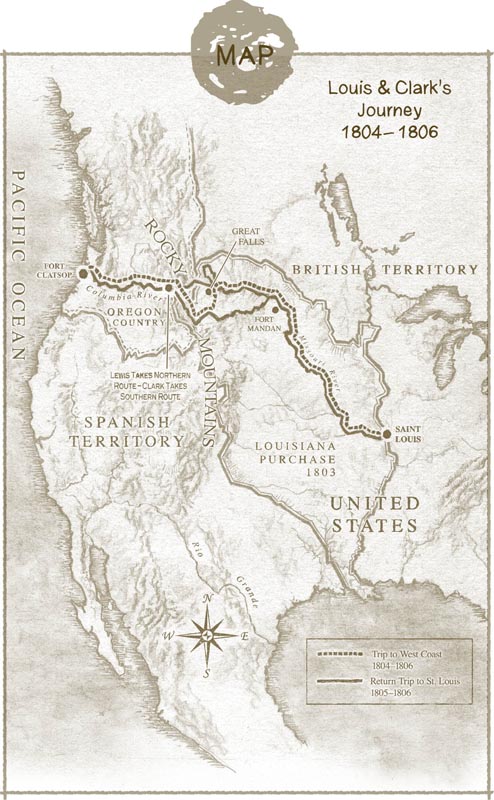


SACAGAWEA:
The teenage member of the Shoshone tribe who helped guide and translate during Lewis and Clarks expedition to the Pacific Ocean. She became a national hero.

JUMPING FISH:
Sacagaweas childhood friend, who was also kidnapped by members of the Hidatsa tribe. Jumping Fish, known for her quick moves, escaped and made it back to her tribe.

TOUSSAINT CHARBONNEAU:
The French-Canadian fur trader who was living among the Hidatsa when he married Sacagawea and used his young wife to negotiate a well-paid spot on Lewis and Clarks expedition.

JEAN-BAPTISTE CHARBONNEAU:
The son of Sacagawea and Charbonneau. The infant was not even two months old when he was strapped to his mothers back to cross the continent.

MERIWETHER LEWIS:
President Thomas Jeffersons personal secretary, who headed up the Corps of Discovery to find a route from St. Louis to the Pacific Ocean.

WILLIAM CLARK:
The military officer who was asked by his friend Lewis to be cocaptain of the Corps of Discovery. He developed a special friendship with Sacagawea and eventually wanted to adopt Jean-Baptiste.

CAMEAHWAIT:
Sacagaweas brother and the chief of her Shoshone band. He traded the horses that allowed the Corps of Discovery to make it over the Rockies and on to their final destination.

1788 or 1789
Sacagawea is born into the Shoshone tribe in the present-day area of Salmon River, Idaho.
1800
Sacagawea is kidnapped by members of the Hidatsa tribe.
1803
President Thomas Jefferson completes the Louisiana Purchase from France and asks Captain Meriwether Lewis and Lieutenant William Clark to explore the large, unknown territory and find a trail to the Pacific Ocean. They call the expedition the Corps of Discovery.
November 1804
Lewis and Clark arrive near the villages of the Mandan, where Sacagawea is living with her husband, Toussaint Charbonneau. The explorers agree that the Indian teenager will accompany them on their journey to translate and negotiate with other Indians they meet on the voyage.
February 11, 1805
Sacagawea gives birth to a baby boy, whom she names Jean-Baptiste.
April 1805
The Corps of Discovery leaves Fort Mandan, Sacagawea with her two-month-old infant strapped to her back.
June 1805
Sacagawea nearly dies of a fever, but Clark nurses her back to health.
June 29, 1805
Sacagawea almost drowns, along with Clark, Charbonneau, and baby Jean-Baptiste, in a flash flood near the Great Falls.
August 1805
When the Corps of Discovery arrives in Shoshone territory, Sacagawea is reunited with her tribe and with her brother Cameahwait, who is now the chief.
August 30, 1805
After Sacagawea helps the Corps of Discovery trade with the Shoshone for horses, she says good-bye to her tribe as the explorers head into the Rocky Mountains.
January 1806
Sacagawea makes it to the Pacific Ocean.
March 23, 1806
The Corps of Discovery turns around to head home.
August 30, 1805
The corps arrives back at Fort Mandan. Clark offers to adopt Jean-Baptiste, but Sacagawea, Charbonneau, and their baby remain in the village.
Next page
